Get ready to do a lot of scrolling! This is our biggest, baddest blog post ever! #VMCSchools
We’re starting to receive projects from the schools, youth groups and clubs that are taking part in our VMC Imaging Campaign, and the results are simply superb!
This blog post will present the ones we’ve received so far, and we’ll update you in future posts once we get the rest (several participants asked for extensions past the 31 July deadline until September, so it will still be a few weeks – but that’s fine when the quality is this good!).
To recap: In March/April, VMC imaging target proposals were submitted by 25 schools, youth groups and clubs in 12 countries. After extensive analysis, the Mars Express team at ESOC confirmed 22 were doable, given spacecraft and priority science constraints; later, the remaining three participates agreed to take over alternate targets so, in fact, all 25 received image sets. Imaging took place during several dedicated orbits 25/26 May, and we distributed image sets via email the first week in June.
Here’s a little teaser animation developed by the MEX team using most of the 1000+ images acquired as part of the VMC Schools campaign, mashed up to show a full orbit:
Since then, participating groups have been working on analysis of their images, and on educational projects that make use of the images in imaginative, scientific and/or artistic ways (this is a STEAM activity, after all!). And the results are well worth the wait!
Here’s the first impression sent in from the MEX team at ESOC, courtesy Mars Express Spacecraft Operations Engineer Andy Johnstone:
You’ve all achieved what we wanted to accomplish with this project by taking our fairly basic VMC images and doing some really cool things with them! Some of your efforts in image processing have been spectacular and deserve to be published in an astronomy magazine! Your artistry has been amazing and helped brighten up our control room, while the stories, videos and imaginings of visits to the Red Planet have been awesome.
The main thing that’s stood out to us is the passion and enthusiasm that you’ve all shown. That has really made us proud and we’re very glad that this opportunity (conjunction season!) to get so many VMC images came up. We’re planning to have another webcast in September, once the final two projects are in, to go through each of your projects and give you all some feedback.
Thank you all for the effort you’ve put in and we hope that if we manage to do anything similar in the future that you’ll all take part again.
Herewith, we are tremendously delighted (and I dare say just a little proud!) to present (in alphabetical order) the first sets of results and projects from ESA’s VMC Imaging Campaign.
Associazione Astronomica Antares, Foligno, Italy
Target: Cavi Angusti
Analysis of atmosphere and ice cap
AIM: The chosen region of Mars (Cavi Angusti, a latin name as almost all the geological Mars structures) is located in the south polar region of the Red planet, and is characterized by vast and deep valleys where the thin atmosphere of Mars can produce fogs or mists with daily development. The Mars Express spacecraft passed several times over Cavi Angusti at a distance of about 3000 km, at different times of Martian days, thus allowing us to study the area with a detail of a few kilometres, enough to reveal any cloud formations.
- Antares Time-lapse video video16d.m4v 11.2 MByte
- Presentazione del progetto in power point vmc_mod2_ita.ppt 6.9 Mbyte
- Antares PowerPoint presentation vmc_mod2_eng.ppt 6.9 MByte
Aspiration Creation, Dunwoody, GA, USA
Target: South Pole
Project report: The South Pole – A Comparison/Contrast of Planets Earth and Mars During Summer Solstice
- Our images are of Mars’ South Pole in Summer
- We separated into groups to research the south poles of Mars and Earth, focusing on Summer
- Each group was responsible for finding information (and pictures) and becoming the Subject Expert on that information
- Subject Experts took notes and were required to explain their findings to the rest of the larger group
- Everyone collaborated to aggregate findings into a list
- Final list was used to create a Venn Diagram illustrating differences and similarities
Curiosity Laboratory, Asociacion Codec de Madrid, Spain
Target: SHARP MOUNTAIN (where Curiosity landed)
AIM: We would like also to reflect, using the images facilitated by ESA, on the challenges that exploring our dear red planet pose, and on how they can be overcome so that men can get to Mars.
We have used your Mars images about Aeolis Mons in our “space and robotic project” with our children in CODEC. Please, find our latest video “Arriving Mars 2020“, performing the whole Mars missions! And with this CURIOSITY LAB FINAL VIDEO we would like to complete our project with ESA. THANK YOU and ESA so much for all this fantastic images!
Hathern Primary School, Leicestershire, UK
Target: Meridian I Planum
AIM: To investigate the conclusion that water was present on Mars looking at surface features such as hematite. Investigate extremophiles present on Earth that may have been present on Mars both in the watery past, and present dry conditions. Come to conclusions about what bio signatures may be present to provide evidence of former or current life. Draw and make artistic representations of life on Mars. Write a poem about life on Mars.
Hathern School art
HTBLA Kaindorf, Kaindorf an der Sulm, Austria
Target: Martian Northpole
AIM: Image the Northpole, because we want to find the best landing site for a manned mission. In winter Planum Boreum’s permanent ice cap consisting mainly of water ice and carbondioxid reaches its maximum. So we can find ground without ice to land on, but has water nearby.
Project website (EN): https://www.htl-kaindorf.at/mars/
Project website (DE): https://www.htl-kaindorf.at/mars/indexDE.html
Project website (ES): https://www.htl-kaindorf.at/mars/indexES.html
Life on MarsClick for a fabulous animation!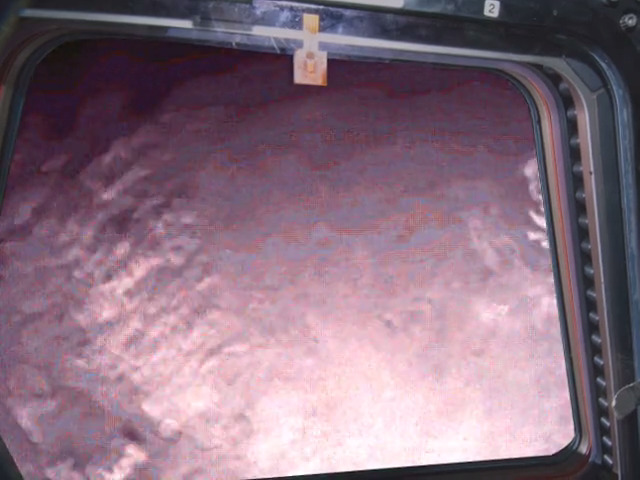 40 October 2043:: The best ‘glimpse of the future’ we’ve seen! How an astronaut will view Mars, courtesy of the Mars Express VMC and HTBLA Kaindorf.
40 October 2043:: The best ‘glimpse of the future’ we’ve seen! How an astronaut will view Mars, courtesy of the Mars Express VMC and HTBLA Kaindorf.
Innovation Centre Mill of Knowledge, Toruń, Poland Target: System of canyons: Valles Marineris (Location: 13.8S, 59.2W)
AIM: This is interesting because: the Valles Marineris rift system is one of the larger canyons of the Solar System and stretches for nearly a quarter of the planet’s circumference. It has been recently suggested that Valles Marineris is a large tectonic “crack” in the Martian crust. Most researchers agree that this formed as the crust thickened in the That is region to the west, and was subsequently widened by erosion. However, near the eastern flanks of the rift, there appear to be some channels that may have been formed by water or carbon dioxide. The Valles Marineris canyon system is is such a great example of the planet’s tectonic activity and place of geological processes occurrence. In addition, it is possible that in these canyons once flowed water and this could be a friendly place for the emergence and development of life on Mars. Project PPT Project video Project images in Flickr 
IES Alpujarra, Spain
Target: Olympus Mons or whichever frustum-like mountain whose dimensions are well known and easily available
AIM: Kids will firstly work out the picture scale using data available on the Internet and the picture itself. Secondly, they’ll calculate some distances in a straight line and the dimensions and areas of some shapes that may be found on the picture. Thirdly, we’ll try to determine some slopes on the picture to work out an average. Finally, we’ll calculate the approximate area and volume of Mount Olympus thinking of it as a frustum. The results will be presented in English.
Student worksheet:
Out of This World Space Program, Marietta, GA USA
Target: Elysium Mons
Aim: Convert picture to a 3D scaled model and present it to the Science lab or make a puzzle with the picture or make posters that we could place in a local park to teach the general public about the awesomeness of Mars and ESA.
Artemis13 from Mt. Bethel Media Center on Vimeo.
State Gymnasium No. 1, Riga, Latvia
Target: Ares Vallis (19.13 N, 33.22 W), located in the northern hemisphere or Mars
AIM: This is a great target because:
- Its a very large feature(1700km diameter). and easily noticeable
- It is possible it was carved by fluids from when Mars still had liquid water on its surface. There are numerous estuaries and deltas of past rivers.
- Large amount of craters
- The NASA probe Pathfinder sits in Ares Vallis.
- Mark Watney, the character from the popular fictional book “The Martian” travels through Ares Vallis and even recovers the Pathfinder
- Last time Mars Express took photos of the Valleys was back in 2007
Sterrenwacht de Polderster, Assenede, Belgium Target: Phillips crater
AIM: Would like to do astrophoto processsing. The height (1900km) of the spacecraft is not too low. Images of 200ms must be possible to resolve. 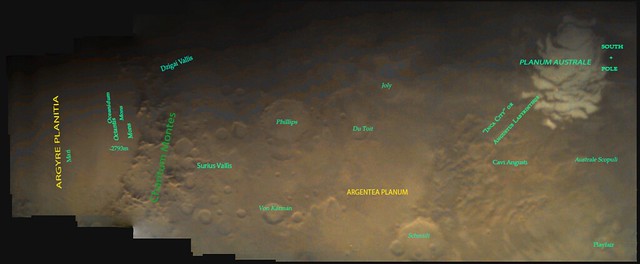
Processed images via Flickr
Sternwarte Siebengebirge e.V., Bad Honnef, Germany
Target: Olympus Mons / Tharsis region, Volcanoes
AIM: By participating in the VMC Imaging Campaign we aim to achieve:
- The inspiration and enthusiasm of children, adolescents and adults in the subject of space, astronomy, space travel, ESA and in particular the Mars Express mission
- The wider publication and awareness of the Mars Express research results, also through our own publications
- The promotion of scientific knowledge about our neighboring planet Mars
- The combination of science and art
- The promotion of our present knowledge of the volcanoes on Mars in comparison with the volcanic past of the Siebengebirge and the nearby Vulkan-Eifel
- The awareness of our new club by a wider audience
- Raising public awareness of our aim to create a planet park and a stationary observatory in the Siebengebirge nature reserve.
RESULTS TBC: The club jury will view the works of art from the participating schools and select the most striking piece. The award to the best work of art will take place at a public exhibition. The school being awarded first place will be presented with a new telescope for educational use. Thereafter there will be a presentation on the subject of the VMC Imaging Campaign, Olympus Mons and volcanoes on Mars and on Earth (in particular in the Siebengebirge region).
Children’s Club Reegulus, University of Tartu Museum, Old Observatory, Tartu, Estonia, Target: Terra Meridiani
AIM: Our project is called “Picture can say more than a thousand words.” Our aim is to see what are the thousand words we can say about the picture in order to discuss with the children the ways in which we can study other planets in comparison to our own. We would like to use the image to study Martian landscape in detail with the children also with the help of geologists from the University of Tartu Natural History Museum. In addition to geology, we would also like to use the materials as part of the Struve Arc celebrations talking about mapping Earth and Mars. After we have discussed the features seen in the picture, the children will choose the thousand words to be featured on a poster with the picture. This poster will be shown in our museum for the public and we will introduce this also at a large festival taking place in July festival that also has a science section. We already have a programme for schools where we compare the atmospheres of Earth, Mars, Venus and Titan to each other and discuss why we should appreciate our environment.
Poster as displayed at the Tartu Science Festival
We printed out a number of images and posted them on a whiteboard. Then we began adding words and questions to the whiteboard: what we saw, what we knew and what else we needed to find out. We visited the University of Tartu Natural History Museum to find out about the geology of Mars. After the visit, we added more words, statements and questions to our board. During the final meeting we tried to answer as much questions as possible with the aid of literature and internet and decided on the content of the poster. The poster was finished for a science festival we had in Tartu in July 2015 and the visitors of the festival were able to read it. We also filmed the whole process but unfortunately were not able to secure everyone’s permission to publish this. Perhaps we will do a trailer version later.
The poster gives an overview of Mars that is based mostly on what we saw from the images and the questions that came to our mind while looking at the pictures. The children were most fascinated about the volcanoes, the possibility of life on Mars and, of course, when will we land a human on Mars.

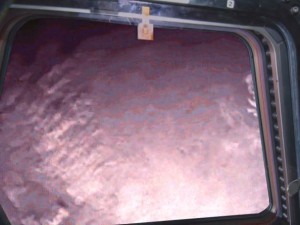
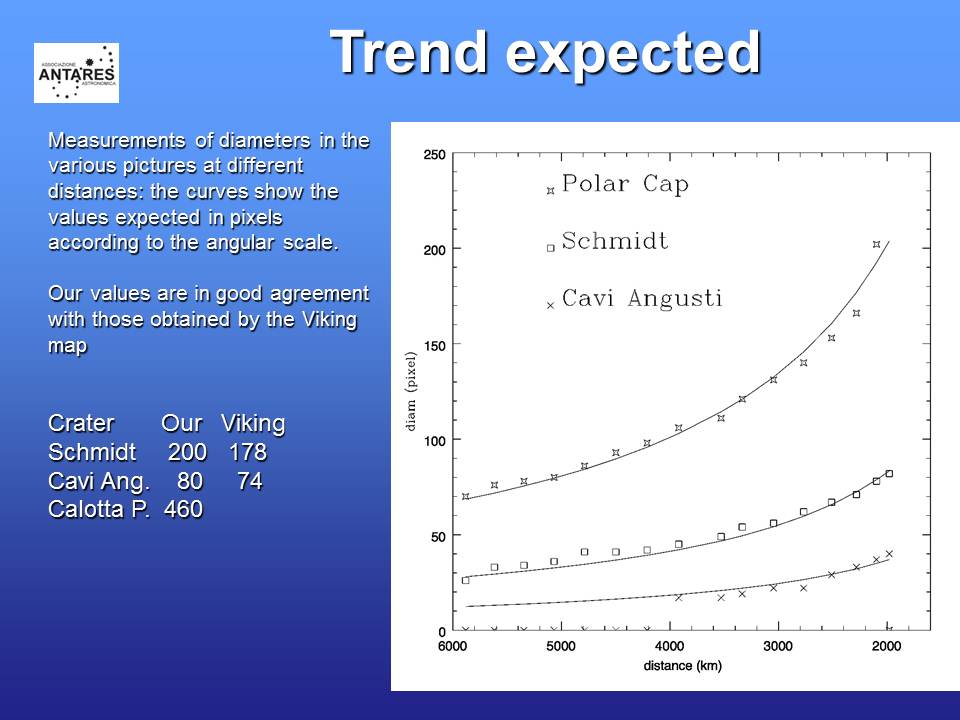
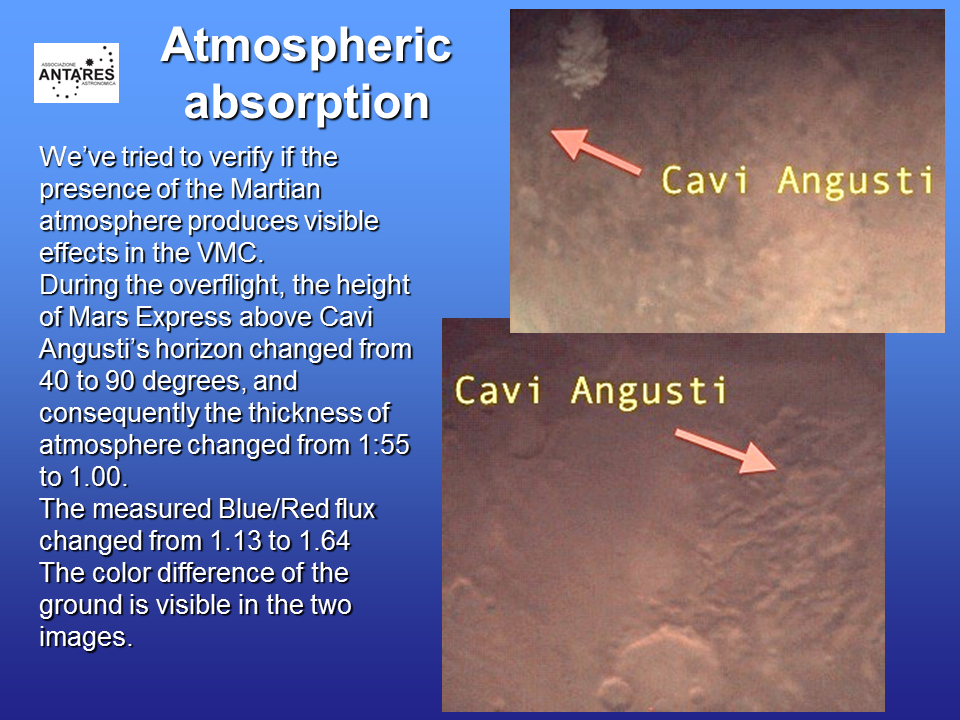
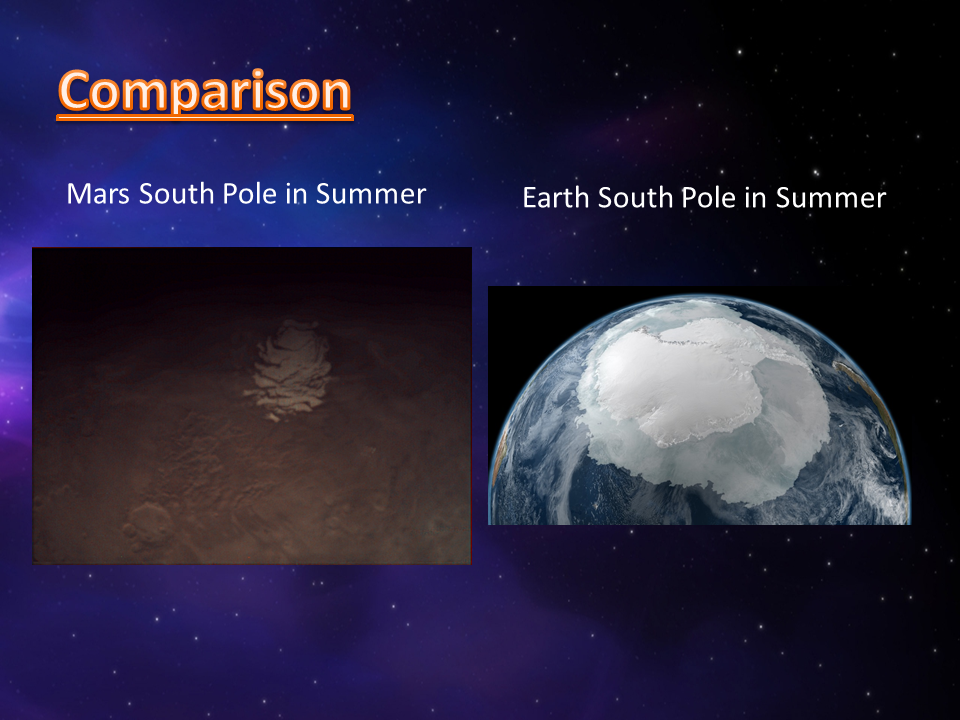
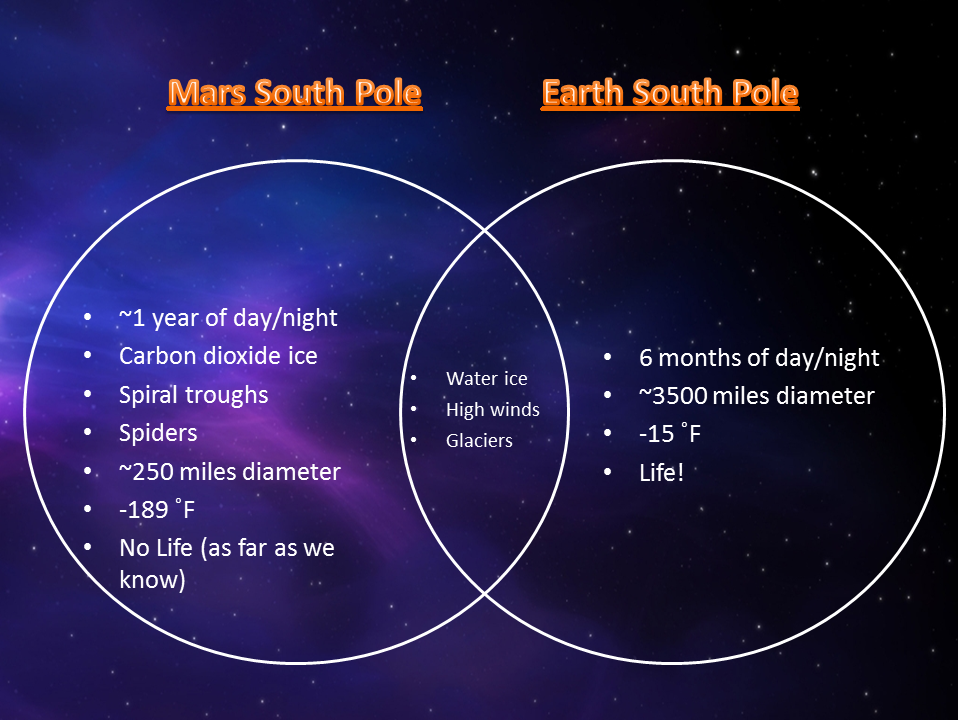


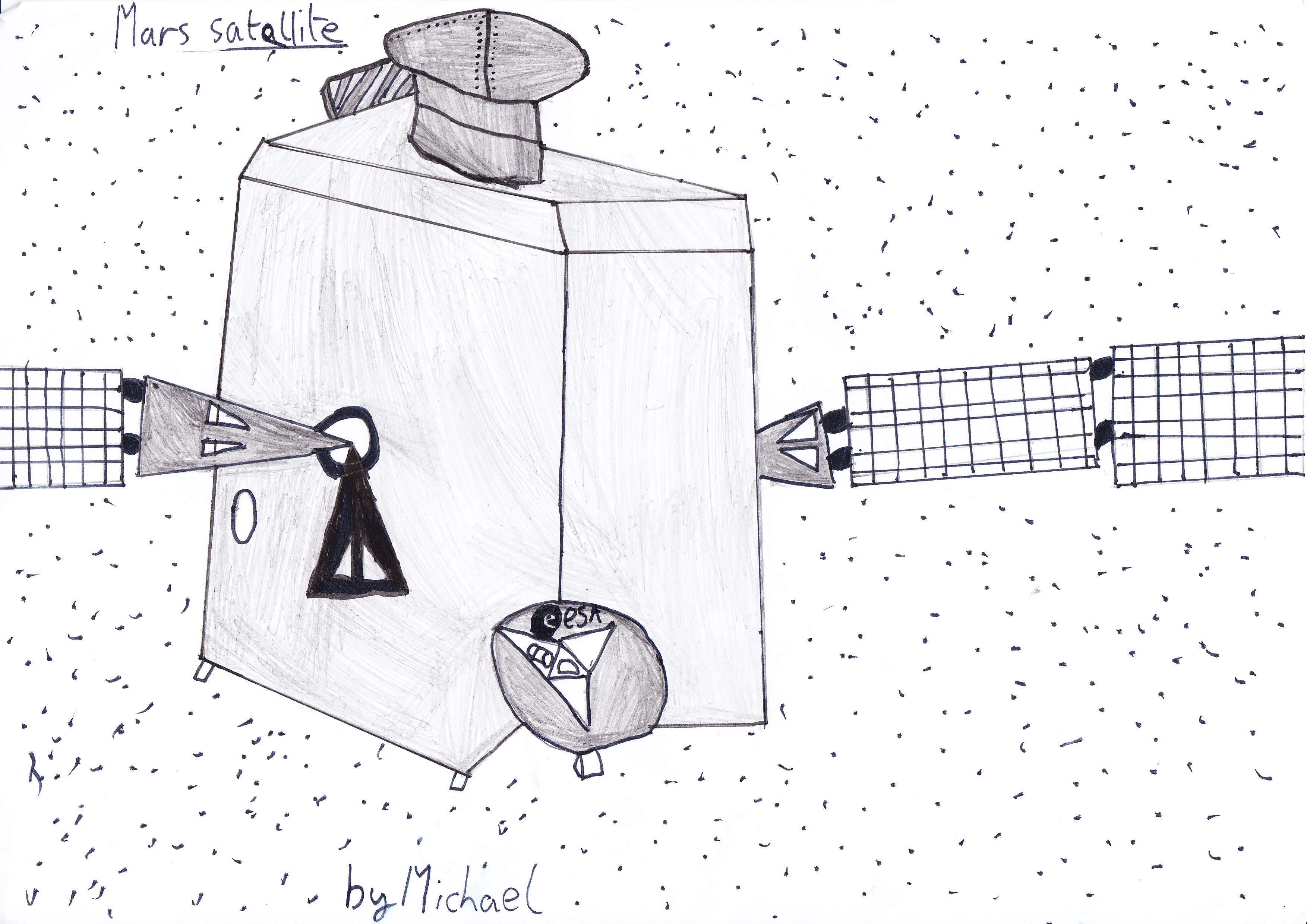
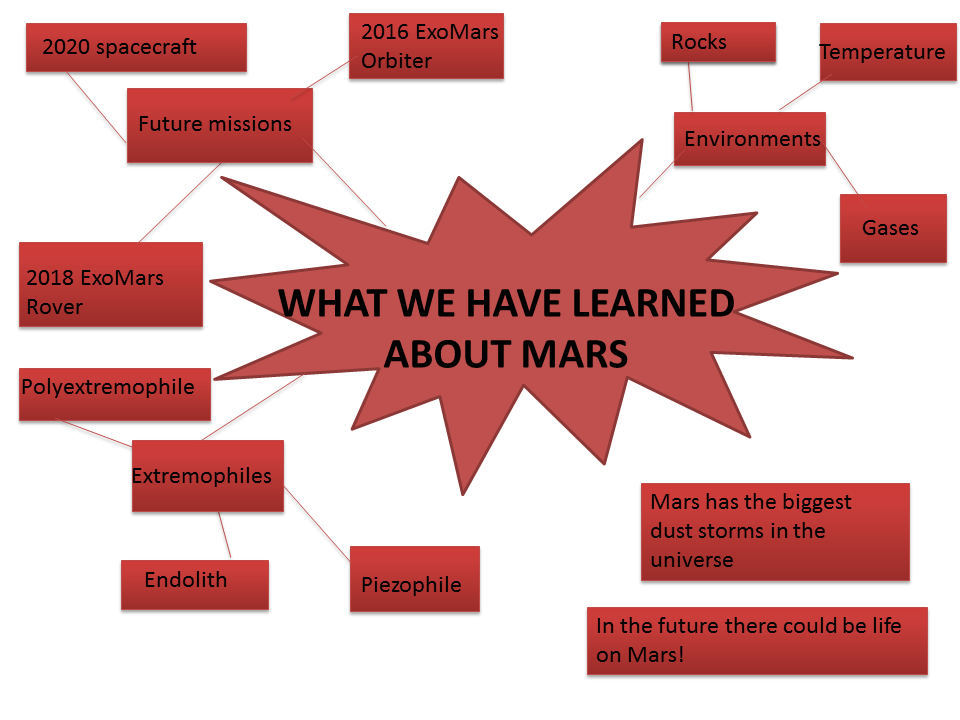

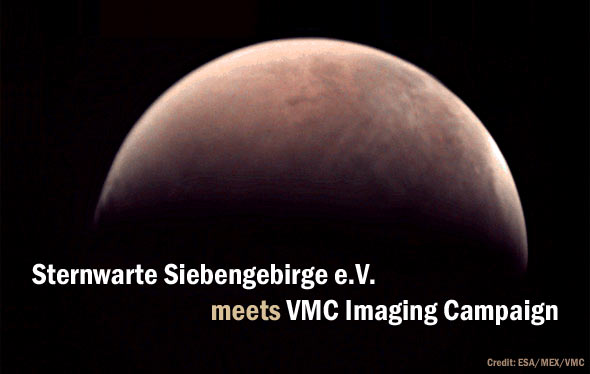

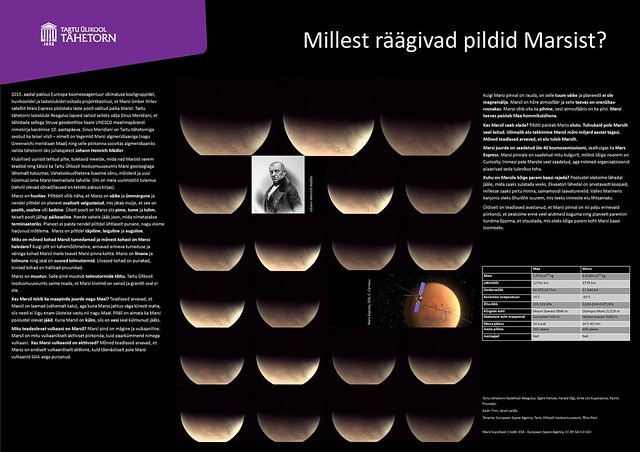


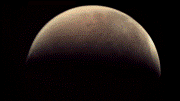
Discussion: no comments